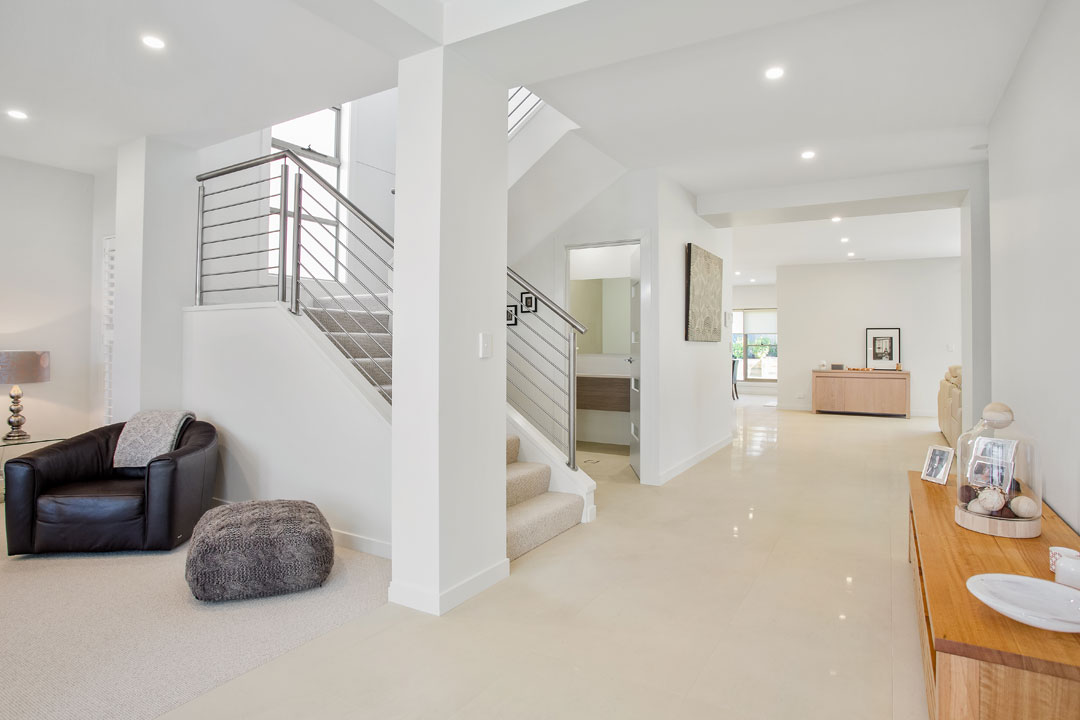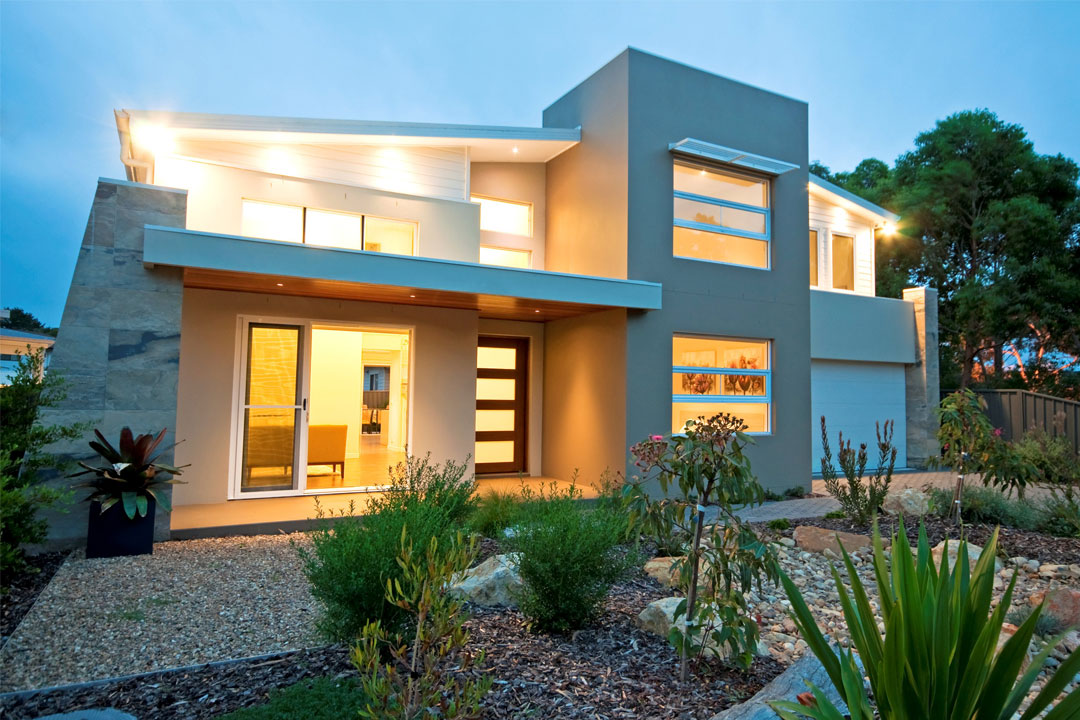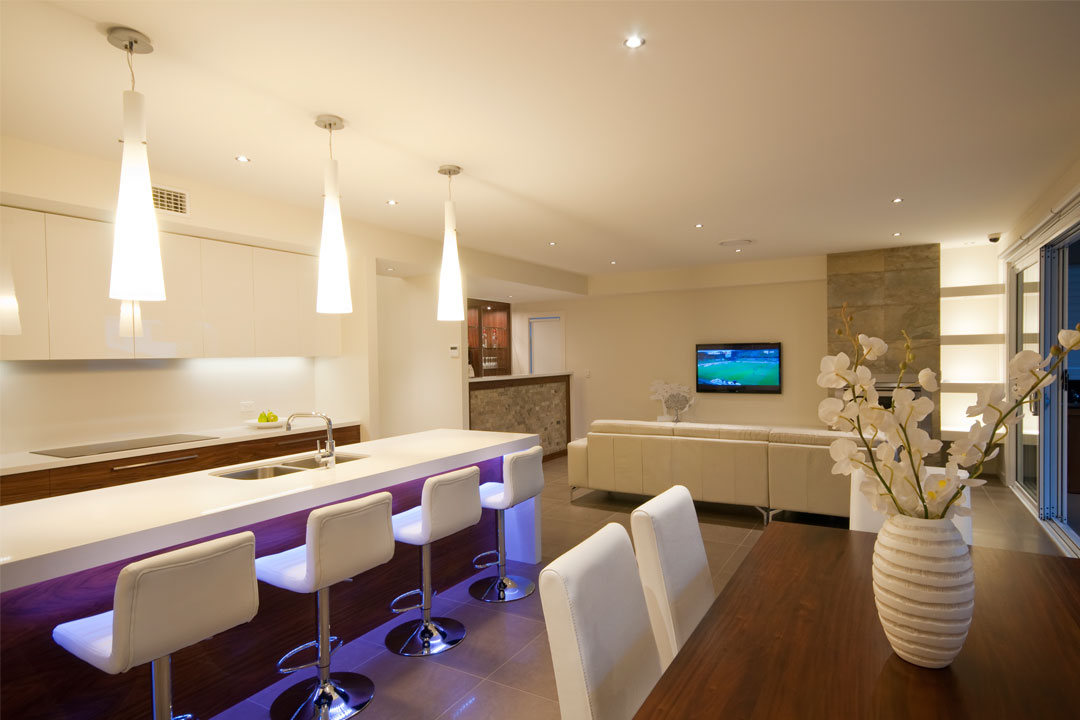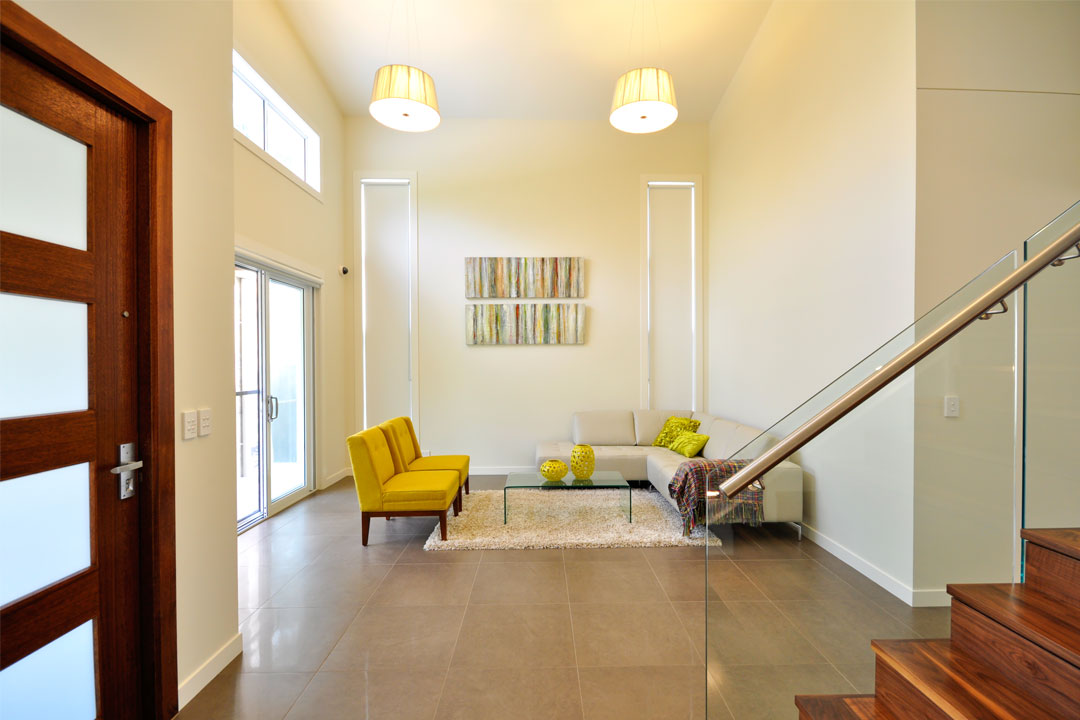
Brick By Brick
Designing and building your new home is a truly unique experience. The number of steps and processes involved will vary depending on the complexity and size of the project. To help, John Ugarkovic provides a general overview of the entire process from beginning to end, starting with the design stage.
The Design Process
The initial meeting with your designer is the integral first step of the design process. Ugarkovic says that in this first meeting, you will discuss things like the size and style of the home, your requirements and any other ideas you might have. After discussing what kind of home you’ve envisioned, the next step is to fill out the design brief. You should be completely involved in the briefing stage, as it’s a critical part of the design process. Under-involvement can end with a design that doesn’t meet your expectations. “The client [should] be in full control of the design of their home and will be mentored by [the] designer, [who] will confirm if something
TOP TIP: BE THOROUGH!
Allocating a considerable amount of time to developing the brief will reduce the need for time-consuming redrafting and reworking later. Be as diligent as you can when answering any follow-up questions that the designer may have.
will work or not and [describe] what the outcome may look like,” Ugarkovic says. The brief will outline the features that are most important to you, and identify any potential issues that may alter the desired design. It will also focus on individual design features, including the kitchen and bathroom layouts, bedroom sizes and locations, traffic patterns and room flow, as well as the pitch of the roof and window types. It will also outline the style of the façade and any specific detailed finishes.
TOP TIP: THINK ABOUT LAYOUT
The styling of your home’s exterior should be designed around the internal layout, rather than decided on at the start. Focus on your lifestyle needs and structural requirements first.
The designer will then give you the design specifications and budget estimate for the project, and prepare documentation relating to town-planning permits, developer approvals, energy ratings, soil reports and property information, where required. From there, your building consultant will arrange a time to visit the site with you. Some of the most common things that will be assessed during the inspection include climate-responsive design and site-specific variables, orientation of the home, cool-breeze and solar access,
views, overshadowing by landforms / trees / buildings, slope, soil type, bushfire risk, stormwater drainage, access and transport, as well as services such as power, gas, phone, water and sewerage. The next stage is to work out some of the fundamental design aspects of the home, which include the floor plan, block dimensions, style and functionality, as well as any other special requirements you might want, such as energy-efficient products and appliances or extra car spaces. With these decisions made, the designer will draw up a sketch design or preliminary plan. From there, the designs are refined or expanded on, and the specific details of the home are developed. Your designer is there to ensure your dream home is achievable, so it’s a good idea to take their advice and suggestions on board. However, if you feel that a specific design isn’t quite what you’re after, don’t be afraid to ask them to tweak it a little. According to Ugarkovic, the design will typically undergo two to three revisions before selection meetings take place. In these final meetings, the plans are updated with your chosen finishes. After you have approved the final design, the contract will be prepared. This document will detail the cost estimates for the project. Once everything has been signed, your builder will obtain all the relevant building permits, and then the building process can finally begin!
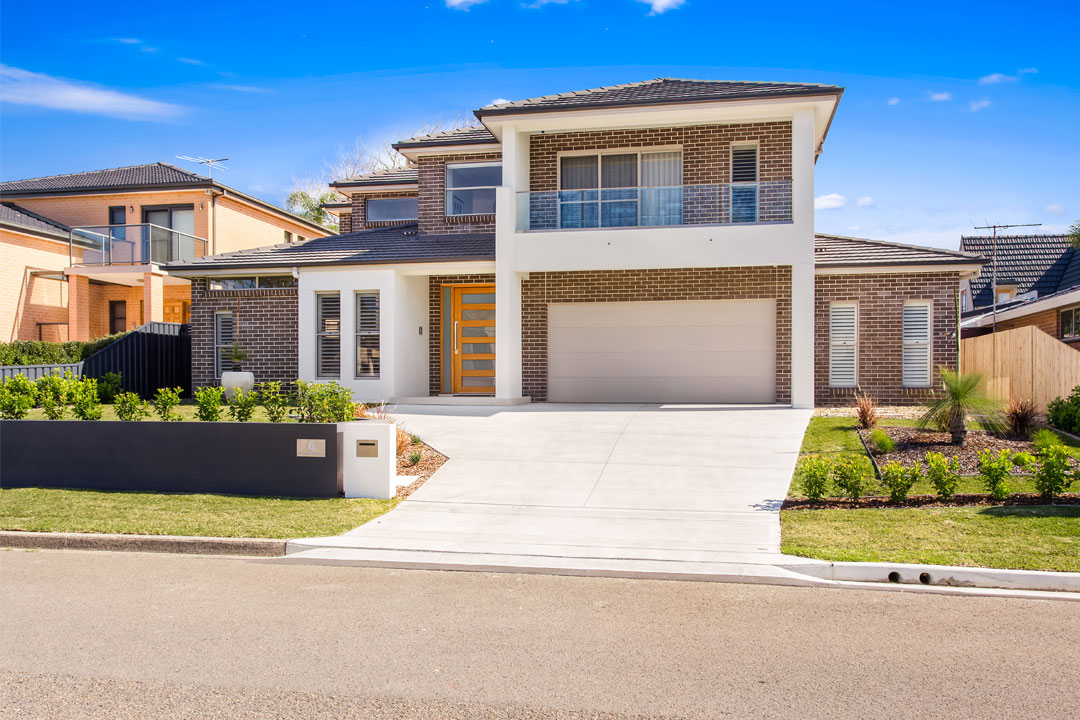
The Building Process
The time it takes to design and build a new home will vary depending on the complexity of the project, and Ugarkovic says construction can last anywhere between 9 and 12 months. However, Ugarkovic also notes this timeframe may be extended if the builders are completing the landscaping as well. The construction process can be broken down into 13 main stages:
- Site Preparation: This involves the clearing and pegging of the site, which is usually undertaken by the surveyor. Retaining walls will also be constructed if required.
- Preparing The Slab: The underfloor plumbing and drainage is carried out first, as this system is located beneath the slab development. The concrete footings are then set up in the correct position. Once the slab piering is completed to the engineer’s specifications and plans, the slab can be poured.
- The Frames And Roof Trusses: The structural frames are delivered to the site and erected within a day or so. The external drainage can be completed at this stage as well. It’s a good idea to visit the site once the frames are up so that you can visualise each room.
- The Roofing: Generally, builders will want to get the roof on early (including the tiles, soffits and spouting) so it can protect the frames. The windows can also be installed at this stage, which will start to give your home a sense of permanence.
- Brickwork: The addition of bricks is an exciting visual milestone. At this point, your home is really starting to take shape. Electrical pre-wiring and internal pre-plumbing can also be completed at this stage.
- Insulation And Internal Linings: Insulation is installed into the walls and ceilings, which the plasterer will start working on. The bricklayer completes the exterior and the ground is prepared for landscaping.
- Waterproofing: All the wet areas are waterproofed in preparation for the tilers. Sometimes this takes place after or during the timber and door fit-out.
- Timber And Doors: At this stage, carpenters install the skirting boards, architraves, door jambs, doors and kitchen joinery. Interior finishes can also be completed, along with outdoor elements like the driveway and paths.
- Lock It Up: Your external doors – including the garage doors – are installed and the property is now lockable.
- Further Fit-Outs: The bulk of the electrical work is completed at this point. The bathroom/s should also be installed, including the tapware, bath, mirrors, vanities and other accessories.
- Plumbing And Tiling: Next, the bathroom, kitchen and entryway tiles are laid, while the plumbing is completed. Essentially, the construction part of your build has finished.
- Inspection: Now that everything is almost done, an inspection can be conducted. You will walk through the property with the site manager and point out anything that still needs attention, which should only be touch-ups at this stage.
- Handover: Finally, once you’re happy with completed product, you will need to pay the builder’s final invoice, and then the keys to your dream home will be handed over to you. Now’s the time to finally pop that bottle of bubbly!
TOP TIP: CHOOSE WISELY
Choose a builder based on their experience and qualifications, and try to obtain references from previous clients. If possible, visit a home that has been previously built by them and view their work with your own eyes.
Final Advice
Now that you are familiar with the design and construction procedures of building a new home, Ugarkovic offers a few more words of advice on ensuring the entire process runs as smoothly as possible. “Listen to and trust in your builder,” he says. “[They] will guide you through the entire process and provide advice along the way to ensure everything has been completed to the highest standard.” Selecting the right builder from the start will ensure an enjoyable construction experience. “[Choose a builder] who will take full control of the building process and make sure that everything you have selected is seen through,” Ugarkovic adds. The type of house you want to design may impact your choice of builder, so it’s extremely important that you select the right team/s for the job in order to achieve the best outcome. If you take the above advice on board, not only will you find the entire process of building your new home rewarding, but it will also be an experience to be remembered for all the right reasons.
TOP TIP: NEED BACK UP?
If you feel you need some assistance communicating your thoughts, you can always seek out the services of a building surveyor or superintendent to represent you during construction.
